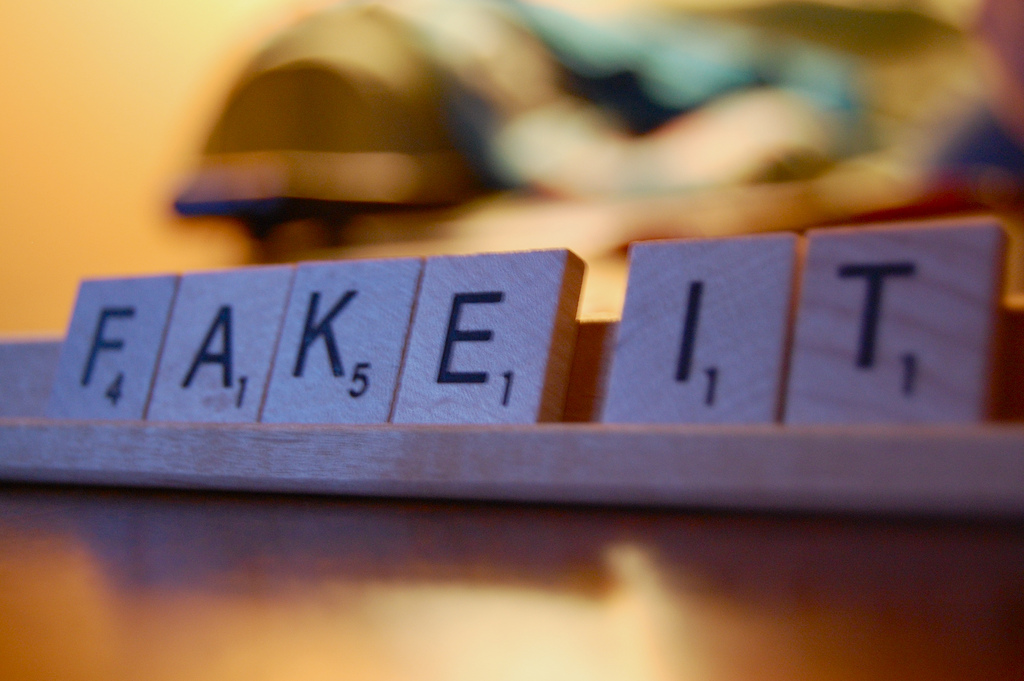My paternal grandmother died young, at age 49; within a year of her death, my grandfather had remarried the woman who would become my grandma. Even though her kisses smelled like cigarette smoke, I adored her. As a little girl, I did not know that she didn’t get along well with her adult stepchildren, my father and uncle.
My parents were very conscious about how they managed conflict in our family, and I learned a lot from that. I do remember some rather tense family gatherings; my parents didn’t hide their conflict with my grandma as much as they encouraged good behavior around her.
Is there someone in your family who stirs conflict? Below are five tactics for dealing with difficult people. You can teach them to your children, and model them yourself.
1. Keep calm like a champion. When you feel yourself starting to get irritated by someone, slow and deepen your breathing significantly. Taking several long, slow exhales can measurably lower your heart rate and blood pressure.
If you can, duck out of the situation so you can be alone for a moment. You may even consider making a “sh sh sh sshhhh” sound as you exhale, as though you are soothing a baby. This triggers the same muscles that you’d use when laughing; UCLA’s Marc Schoen has shown this to be extremely effective at keeping us calm, even when we are uncomfortable. The idea is to prevent our fight-or-flight response, which can make us aggressive and can make it very hard for us to be skillful in a challenging situation.
When we accept a person we find challenging, we let go of the resistance that creates stress. Share on X
2. Accept the difficult person fully. This is a strangely effective strategy. When we accept a person we find challenging, we let go of the resistance that creates stress and tension. There’s a lot of truth to the adage, “What we resist, persists.”
Look at the person in question with kindness and compassion. Say to yourself, for example, “I see you, and I see that you are angry and insecure. I accept that you are anxious and scared, even if I don’t understand why. I accept that you are making all of us anxious, too. I accept that your trouble has become my trouble for the time being.”
Practicing this sort of acceptance is about dropping the fantasy of how we think things ought to be. You might have a fantasy of a sweet, close relationship with an in-law, for instance, and so you feel angry and disappointed every time he or she doesn’t live up to this ideal. But be aware that your in-law no doubt feels your disappointment, and feels judged. It might seem to that person like you’re trying to “fix” him or her, and it’s hurtful. This isn’t a good way for you to improve that relationship.
3. Let the other person be “right.” This is excellent practice for, well, enlightenment. It’s so hard, and our ego hates this practice more than anything. But when we let go of our need to be right, we deepen our acceptance of a situation and we engender peace despite differences.
Rather than simply listening to a family member so that you’re able to counter what that person says, try to listen for the sake of understanding. Where is he or she is coming from? This doesn’t mean you need to agree, just that you’re showing that person a basic level of respect. Research suggests engaging with a person this way – acknowledging the other’s point of view without judging it – can make that person feel more understood. As a result, he or she may be less defensive or difficult. Rather than interrupting with counter-arguments, try to paraphrase back the points you think a person is making, and acknowledge the emotions he or she seem to be expressing.
4. Give yourself permission to take care of your own needs first. This is a critical skill that many people – women especially – tend to feel guilty about. If this is you, repeat after me: “It is not selfish to take care of myself.” If you become weak or volatile from lack of self-care, you are all but useless to others.
For starters, get enough rest. It’s harder to regulate your emotions when you’re tired. In addition, don’t skip meals. Research shows that keeping your blood sugar stable will make you less aggressive if you get angry. And always remember to take a moment to leave the room, if possible, and breathe deeply if you find yourself in a particularly difficult situation.
5. Don’t take the bait. Sometimes it seems like a difficult person’s job is to provoke and incite. Family members know you and know how to push your buttons. Instead of engaging, see jabs and barbs as a cry for attention and connection. For a lot of people, conflict is born from an unfulfilled desire to feel useful and to be a part of something larger than themselves.
Start by giving the difficult person a way to focus on something besides himself or herself to feel connected and useful. If you’re having a meal with a difficult family member, you might ask that person to help your kids set the table. When you ask someone for help, provide a rationale for why that person might do you the favor. One decades-old study that’s still relevant today found that the word “because” tends to trigger compliance. For instance, you might whisper to your mother-in-law, “It would be great if you could show the kids how to set the table, because they need a little guidance today.”
We are all just looking for love, connection and friendship. One of the most wonderful lessons we can teach our children is that the greatest gift we can give ourselves is to accept a difficult person fully, and with love.











